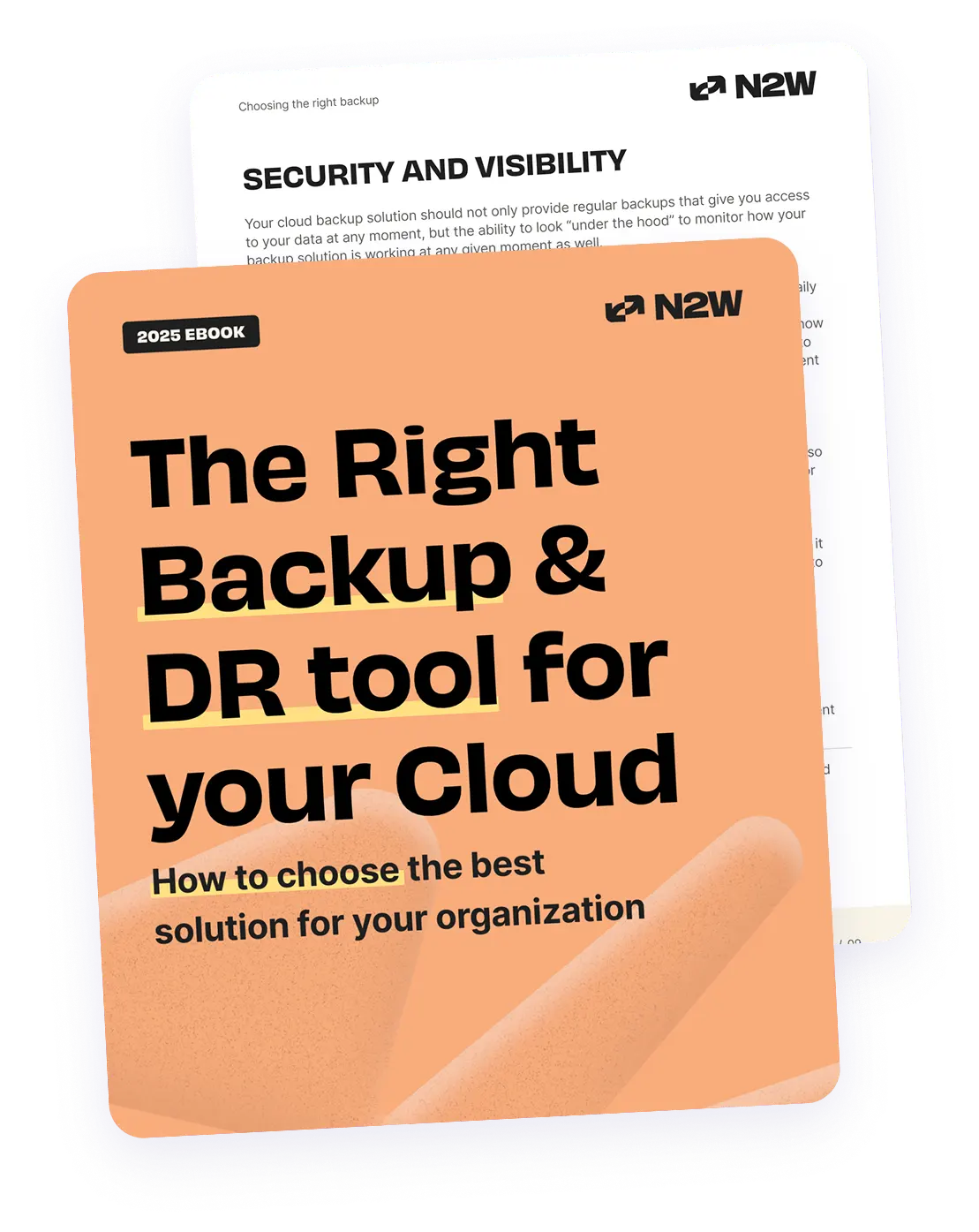
These days, NoSQL databases are used in some of the most data-heavy applications available, such as cloud-based solutions, e-commerce websites, and airlines’ management systems. There are plenty of NoSQL database options available in the market, including Cassandra, MongoDB, Hbase, CouchDB, Riak, Redis, and others. However, Cassandra and MongoDB are the most popular and are ranked among the top 10 databases according to the DB engine database popularity metric.
The company then known as 10gen began developing MongoDB in 2007. The final version of MongoDB was released in 2009. Cassandra, however, was developed by Avinash Lakshman and Prashant Malik, two developers who work at Facebook. They originally developed this NoSQL database for Facebook as an inbox search feature. In July 2008, Facebook released Cassandra as an open-source project.
Feature-set Comparison
Although both Cassandra and MongoDB are types of NoSQL databases, they vary in terms of implementation and feature set. If you are looking for a NoSQL database for your application, you should consider the below comparison between the two.
Data Model

MongoDB uses a document-oriented data model. It stores data in BSON (Binary JSON) format documents which provides the flexibility to combine and insert multi-structured data without declaring the schema. These BSON documents are equivalent to a record in the RDBMS, where a table can be equated with the collection of documents. Cassandra, on the other hand, is a columnar NoSQL database, storing data in columns instead of rows. A column in a Cassandra database contains three fields: the name of the column or key, the value against the key, and a time stamp. Figure 1 – Structure of a Column in Cassandra Database
Data Replication and High Availability
MongoDB works on the master-slave model. Read and write operations are performed on the primary replica. In case the master is unavailable, one of the slaves will be auto-elected as the new master. The auto-election process takes approximately 10-40 seconds to go into effect. During the election process, write operations are not possible on the replica sets. Unlike MongoDB, Cassandra avoids using the master or primary replica concept. Failure of a single node does not cause any downtime because, in this architecture, the request is handled by the remaining nodes. As a result, Cassandra provides 100% uptime.
Support for Queries
As MongoDB is based on JSON-like documents, it offers a variety of choices for effective querying and data fetching. Options include the existing Mongo shell, Compass, Python, Java, Node.js, PHP, Perl, and Ruby. One needs to have knowledge of any of these platforms to query data objects. Cassandra uses Cassandra Query Language (CQL) for queries and data fetching. Because this language is very similar to Structured Query Language, it’s easy for SQL administers to learn.
Scalable Write Requests
In MongoDB, all the write operations are performed on the master node. The primary node records all the modifications in the data sets in its operational logs. These are used to update the secondary data sets. As we can have only one master at a time, the write scalability is greatly restricted. It can, however, be enhanced by introducing sharding techniques. Cassandra’s write scalability is more efficient because there is no single master. The more the number of nodes in the cluster, the more scalability, and write-handling capacity of the database.
Use of Secondary Indexes
A secondary index is an efficient and quick way to access records in a database using information other than the primary key. MongoDB supports secondary indexes to enhance the search speed of the documents requested in the query. Cassandra, on the other hand, does not completely support secondary indexes. Queries will only work if you are using primary keys to search the data.
Licensing Models
Both Cassandra and MongoDB databases offer free open-source versions. MongoDB provides various versions, such as MongoDB Enterprise Advanced, MongoDB Enterprise for OEM, and MongoDB Atlas, a cloud-based solution with “free,” “essential,” and “professional tiers.” In the Cassandra space, DataStax is the leader, enhancing the open-source version of Cassandra by making it enterprise-ready. DataStax provides a subscription-based model and offers Cassandra at three subscription levels: “Basic,” “Enterprise,” and “DataStax Managed Cloud.” Additionally, both MongoDB and Cassandra are found in the AWS and Azure marketplaces and can be hosted on public clouds.
Summary
Making the right NoSQL database choice will depend on the features your application requires. From the perspective of availability and scalability, Cassandra has the upper hand. However, MongoDB offers secondary indexes for quick searches. MongoDB also is ideal for efficiently storing unstructured data and running the high-speed logging and caching operations required by real-time analytics. Cassandra, on the other hand, is easy to set up and maintain while requiring no downtime in the event of a node failure. Additionally, Cassandra can be used for high-growth database applications. Whichever database you choose, NoSQL databases guarantee faster responses to your big data set queries.
